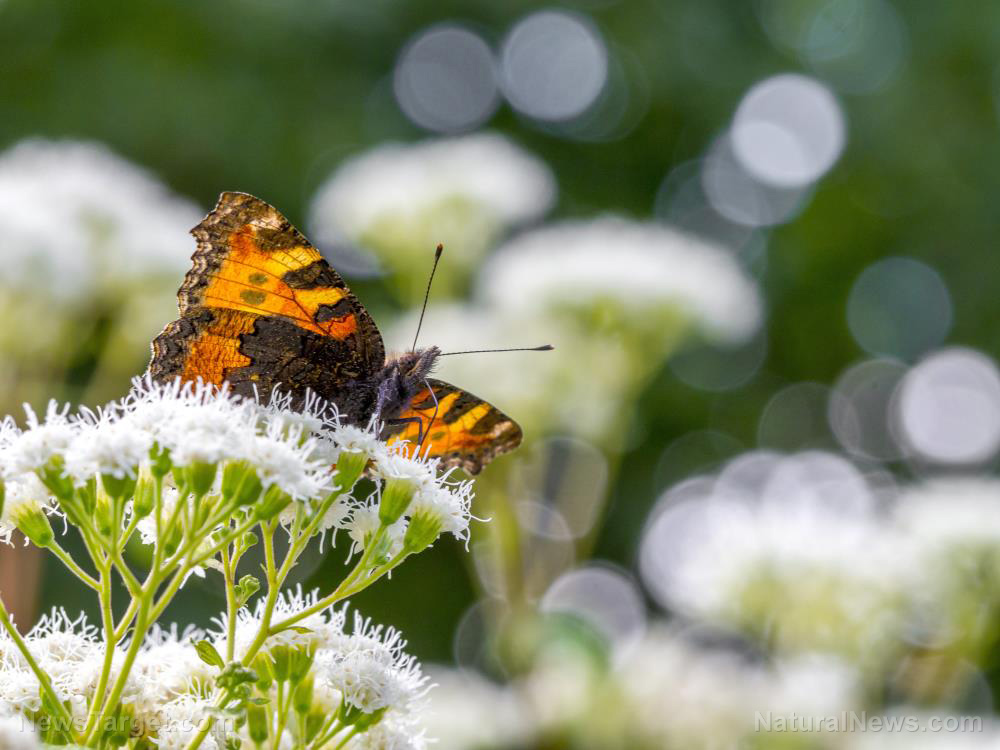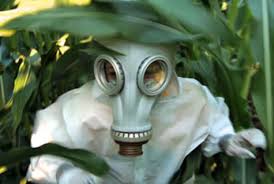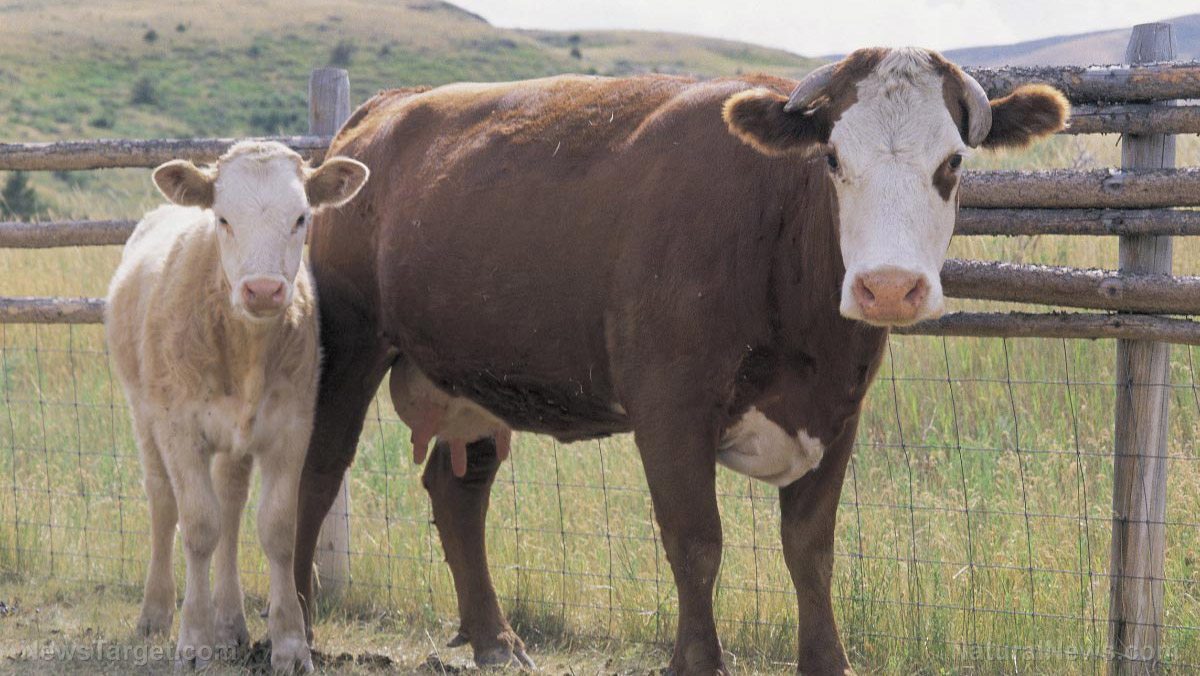Are you ready for the “insect apocalypse”? Five things you need to know
09/11/2019 / By Tracey Watson

The World Wildlife Fund (WWF) estimates that the total wildlife population on Earth has declined by a staggering 60 percent since 1970. Among the creatures on our planet, it is only the human population that is growing by leaps and bounds. Fish, birds, undomesticated mammals and insects have all suffered devastating declines.
While a great deal of attention has been focused on the extinction and endangerment of larger species, far less focus has been placed on the alarming rate at which insect numbers are dwindling. There has been an increase in media interest in the crisis in the bee populations across many parts of the globe, but in reality, all insects – not just bees – are in trouble.
This decline has catastrophic implications for humans and virtually every creature on the planet. A report recently released by a research team from the Universities of Queensland and Sydney and the China Academy of Agricultural Sciences warns that 40 percent – almost half – of all insect species now face extinction, with total insect biomass declining at around 2.5 percent each year.
As reported by EcoWatch, if this rate of decline continues, half of the current biomass of insects could be gone within the next 50 years, triggering a “catastrophic collapse of nature’s ecosystems.”
EcoWatch points out that there are at least five important facts that we all need to face about insects if we are to save them – and ourselves – before it is too late.
Insects tend to get overlooked
The study’s authors noted that despite the thousands of studies that have been conducted into the threat of species extinction, only 73 such studies have focused on insect decline.

EcoWatch reported:
That’s a tiny fraction of the reports written about the population loss of larger species. Yet arthropods (insects, spiders, crustaceans) account for about half of the world’s animal biomass — 17 times more than humans.
Smaller does not mean less important
Despite their diminutive size, insects are critical to the survival of creatures much larger than themselves. Birds consume around 500 million tons of insects each year, with 60 percent of all bird species relying on them as their primary source of food. In addition, upwards of 90 percent of wild plants are reliant on insects for pollination.
EcoWatch reported:
[W]hile some insects feed off domesticated crops, other insects help to keep pest populations under control. A 2006 study estimated that insects in the U.S. provided “ecosystem services” worth $57 billion a year. These include pest control, crop pollination and serving as a vital food source for fish and small wildlife.
Environmental destruction spells disaster for insects
Pollution and the destruction of the environment, including deforestation and the devastation of reefs, wetlands and other natural habitats, is having catastrophic effects on nature, including insects, fish, birds and wild mammals.
EcoWatch noted:
The International Union for Conservation of Nature now classifies 26,000 species as threatened with extinction, and leading scientists publicly warn that a “sixth mass extinction” has commenced.
Climate change is not the problem
Many so-called experts have pointed the finger at climate change as the driving force behind dwindling insect populations, but this study found that the three greatest contributors to the problem, in order of importance, are actually:
- Habitat loss resulting from urbanization and agriculture;
- Pollution, particularly that resulting from pesticide and fertilizer use; and
- The introduction of invasive species.
Humans are the problem
As reported by EcoWatch, all the factors contributing to the rapid decline in insect populations have one common denominator: humans.
Our demand for food, and particularly our appetite for meat products, is leaving less room for other creatures, including insects.
Curbing our reliance on pesticides and fertilizers could reduce the loss of insects, but it’s our ever-growing need for higher crop yields that has given rise to their use in the first place. Given enough time and capital investments, the farmers of the world might be able to adopt sustainable farming practices without reducing crop yields, but we may not have the luxury of time. [Emphasis added]
Sources include:
Submit a correction >>
Tagged Under:
This article may contain statements that reflect the opinion of the author





















